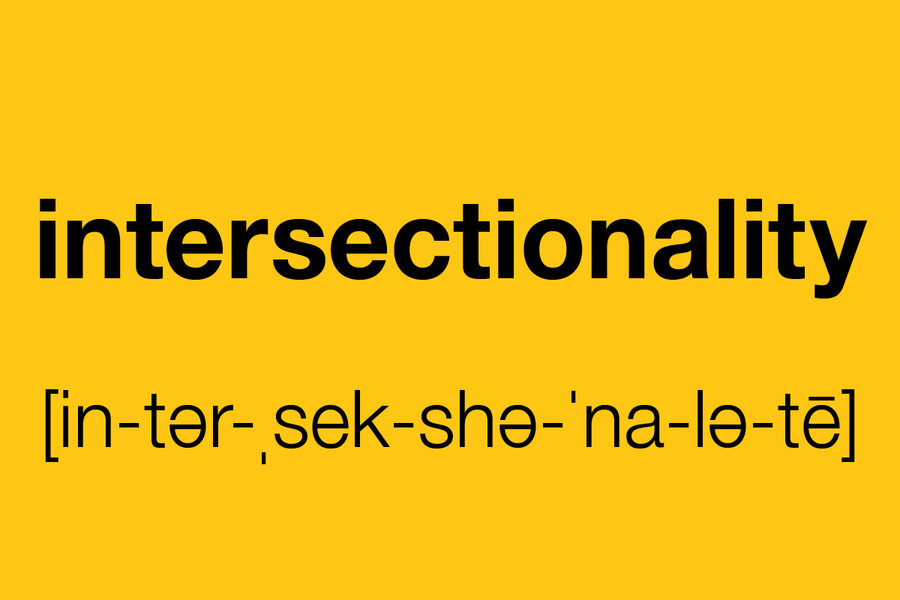‘Intersectionality’ pushes political hot button
Loading...
When the College Board appeared to revise its AP African American Studies course in response to objections from the Florida Department of Education, it drew attention to the political divide over intersectionality. The College Board mentioned the word eight times, suggesting the theory was an important part of its curriculum. Florida Gov. Ron DeSantis cited this inclusion as one reason the state rejected the course: “They have stuff about intersectionality ... that’s a political agenda.”
The term intersectionality was coined, and the theory first developed, by law professor Kimberlé Crenshaw in 1989. In her article, “Demarginalizing the Intersection of Race and Sex,” Professor Crenshaw investigated the way the American legal system, feminist theory, and anti-racist politics all have a “tendency to treat race and gender as mutually exclusive categories of experience and analysis.”
Vastly simplified, her argument is that in American society, racism is typically thought of as something that happens to Black men, and sexism something that happens to white women. Black women suffer double discrimination, on the basis of both their race and their gender, but because they do not “fully” represent either protected category, being neither white nor male, they lose out on the legal and other remedies prescribed for such discrimination.
The solution is to pay attention to their “intersectional experience” and “address the particular manner in which Black women are subordinated.”
As the theory spread across academia, it broadened its scope and came to include many interconnecting identities beyond race and gender.
But sometime in the 2010s, intersectionality left the ivory tower and got thoroughly wrapped up in the culture wars. Conservative commentator Ben Shapiro contends that intersectionality creates a “hierarchy of victimhood,” in which the more oppressed groups a person belongs to, the higher their status and the more weight their words carry. This hierarchy, according to Mr. Shapiro, puts straight, white, cisgender men at the bottom.
This seems to be a critique not of intersectionality itself, but the way it is sometimes deployed, especially on university campuses. Of course the theory is not immune to criticism. Some scholars have argued that its focus on interlocking identities isolates people in ever smaller silos, placing such an emphasis on people’s differences that it becomes hard to build coalitions and work together.
Whatever one’s stance on the positives and negatives of intersectionality, quashing all discussion of it seems unwarranted.





